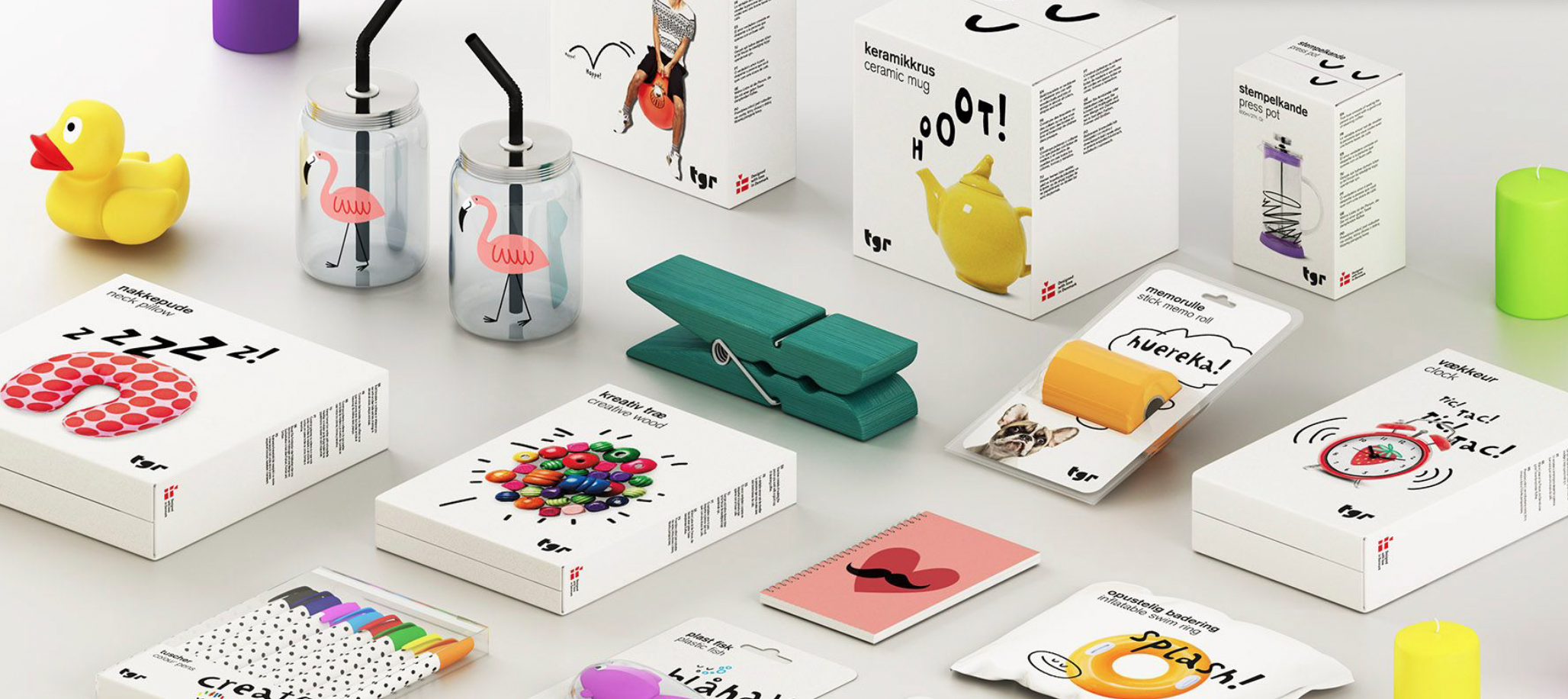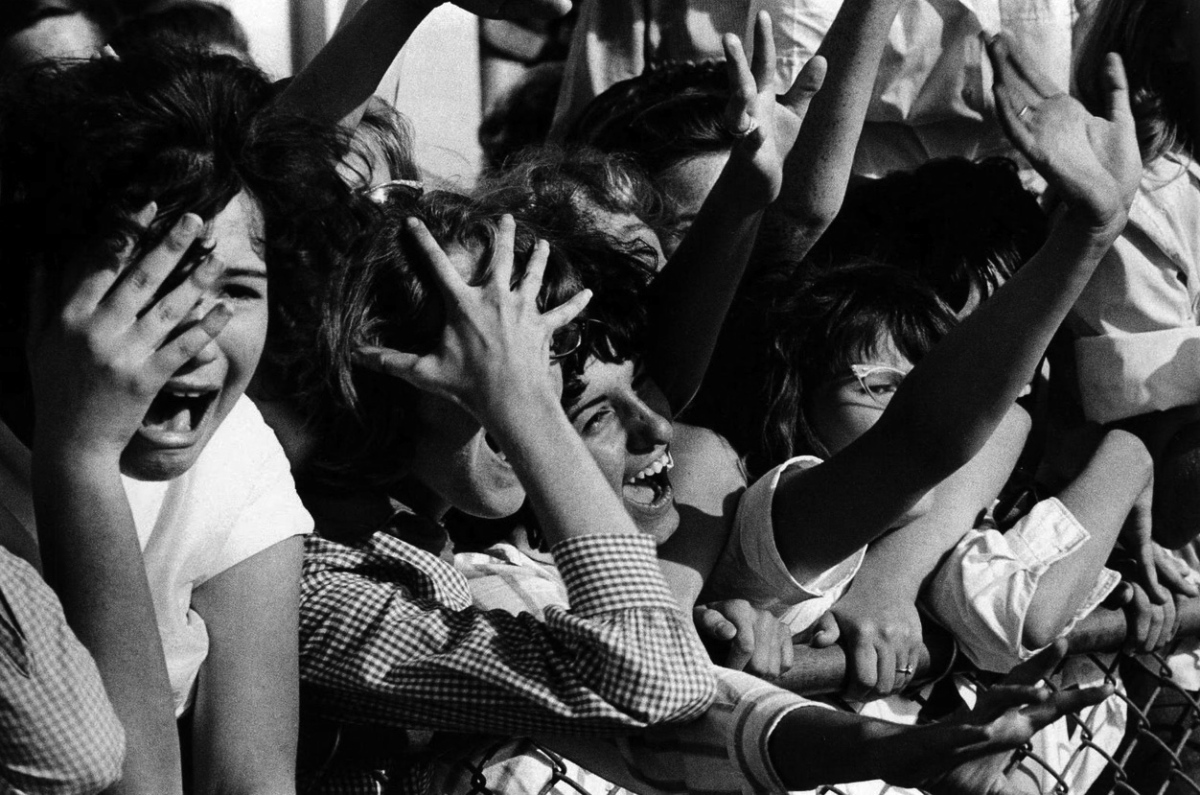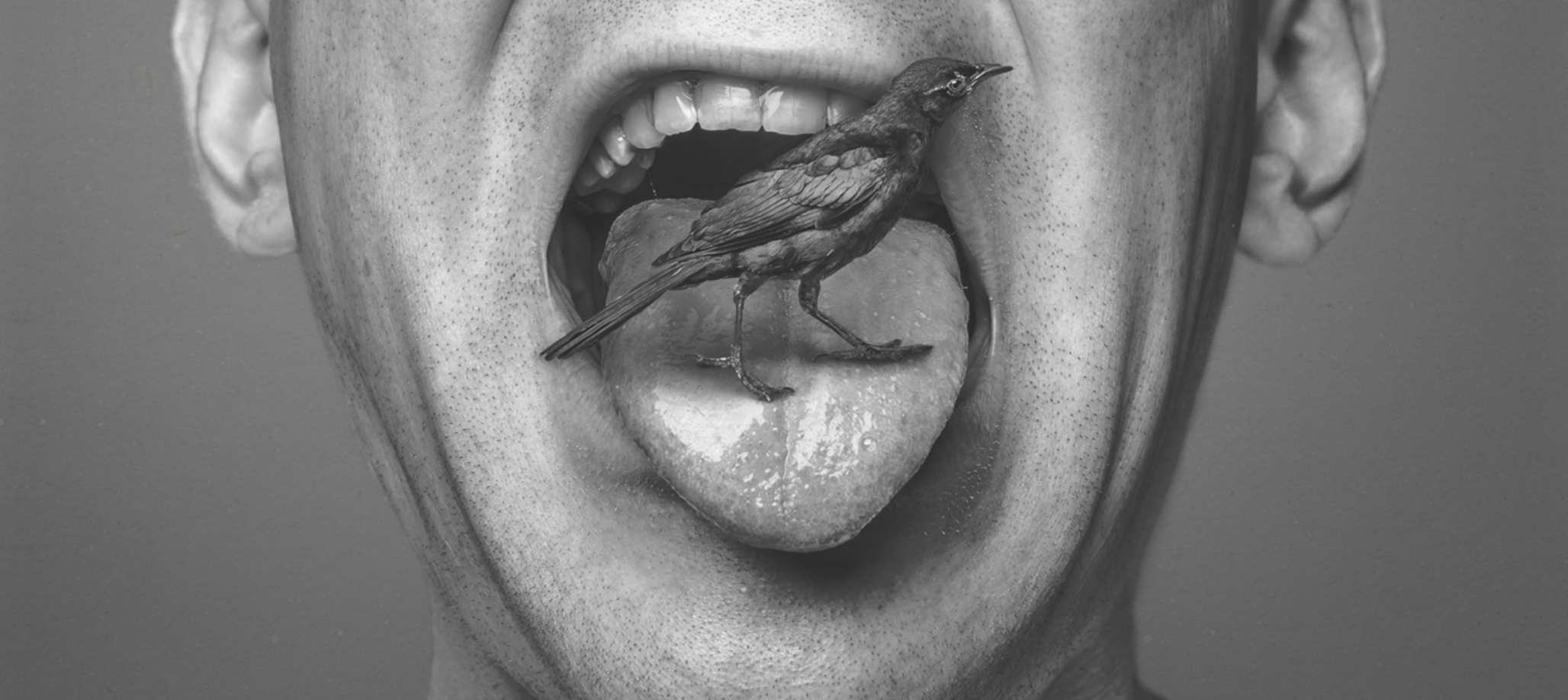Why is the Mona Lisa beautiful?
What I know, I also love even more?
The Mona Lisa, which is now the world's most famous painting, holds a peculiar record: until 1913, the empty spot it once occupied in the Louvre garnered more attention than the painting itself. It is the only work of art that became great by being invisible. The development of its unique brand offers important lessons for brand building.
The story of the Mona Lisa is truly intriguing. Despite being considered the embodiment of genius today, neither the world nor the experts attributed any significant importance to it until 1911. Leonardo da Vinci himself was deemed unreliable in his time, often failing to complete his works on schedule, and even abandoning many projects altogether. Although the Mona Lisa was displayed in the Louvre, there were no queues of people waiting to see it. It was not held in the same regard as the works of other Renaissance artists like Titian and Raphael.
In 1911, something extraordinary happened—the Mona Lisa was stolen, catapulting it to worldwide fame. The incident caused an international uproar when an Italian patriot walked out of the Louvre with the artwork, intending to return it to its rightful place in his homeland. The absence of the Mona Lisa became a spectacle, attracting crowds who came to see the empty space where the painting once hung. Surprisingly, more people gazed upon the void than had actually seen the painting before its theft. The media circulated the photograph of the artwork so extensively that by the time it was recovered in 1913, the entire world recognized it, despite only few having seen it in person.
From that point on, the brand of the "world's most beautiful painting" skyrocketed at an astonishing pace. The immense global attention led people to discover increasing value within it, and it quickly gained recognition as one of the world's most valuable and exquisite paintings.
The popularity of the Mona Lisa brand has reached a point where viewing the painting is far from simply enjoying its artistic value. In the room, dozens of eager tourists jostle each other, holding cameras or phones, eager to capture the moment they encountered the masterpiece. However, the painting itself is enclosed in an air-conditioned box, protected by bulletproof glass that reflects the sight of the crowded room, even under the best lighting conditions. The true essence of the painting remains elusive, as its reception has transformed into a shared experience rather than a personal enjoyment of art. It has become a pilgrimage to the world's "most beautiful" painting, representing one of the most valuable art pieces in terms of brand value today.
However, this phenomenon is not unique to the Mona Lisa. It has been observed that the more we encounter something, the more we tend to consider it important and valuable.
The paintings that became the most well-known were those held in the collections of 5-6 prominent families. These artworks were showcased more frequently in galleries, exhibitions, and had their reproductions printed more often. As a result of their increased recognition and fame, they were regarded as more valuable and beautiful over time.
How does fame elevate the worth of a masterpiece?
An American psychologist James Cutting was also intrigued by this question and explored the phenomenon known as the "mere exposure effect" through various experiments. His work was inspired by a previous experiment where random abstract shapes were briefly flashed, and at the end, participants ranked them based on their beauty. It was revealed that the shapes that appeared more frequently were considered more beautiful by the participants.
The psychological phenomenon known as the mere-exposure effect refers to the tendency of people to develop a stronger preference for things simply because they have been exposed to them more frequently and have become familiar with them.
In his own experiment, Cutting was interested in conscious decision-making rather than subconscious perception. He presented students with both familiar and lesser-known artworks of comparable artistic value, each displayed for 2 seconds. Although, he presented the unfamiliar ones four times more often than the famous ones. His calculations proved correct, as the students considered the images they had seen more frequently to be the most beautiful. Interestingly, in the control group, where each image was shown an equal number of times, the world-famous paintings were clearly perceived as more beautiful.
Fame vs. Public Opinion
Others took Cutting's experiment a step further and wondered whether the rule also applied when comparing famous yet considered ugly, kitschy paintings with lesser-known but aesthetically pleasing works. However, exposure to the kitschy paintings did not increase belief in their beauty. While these paintings were shown more frequently, the participants still prefered the less exposed paintings that experts considered more beautiful.
The key takeaway is this: while your brand can be the Mona Lisa of the entire market, true success relies on two crucial factors. First, you need to gather the support of influential voices who can shape opinions. Second, you need to ensure that people have countless opportunities to encounter your brand. By mastering these strategies, you can paint a masterpiece of success in the market.
Selected Works
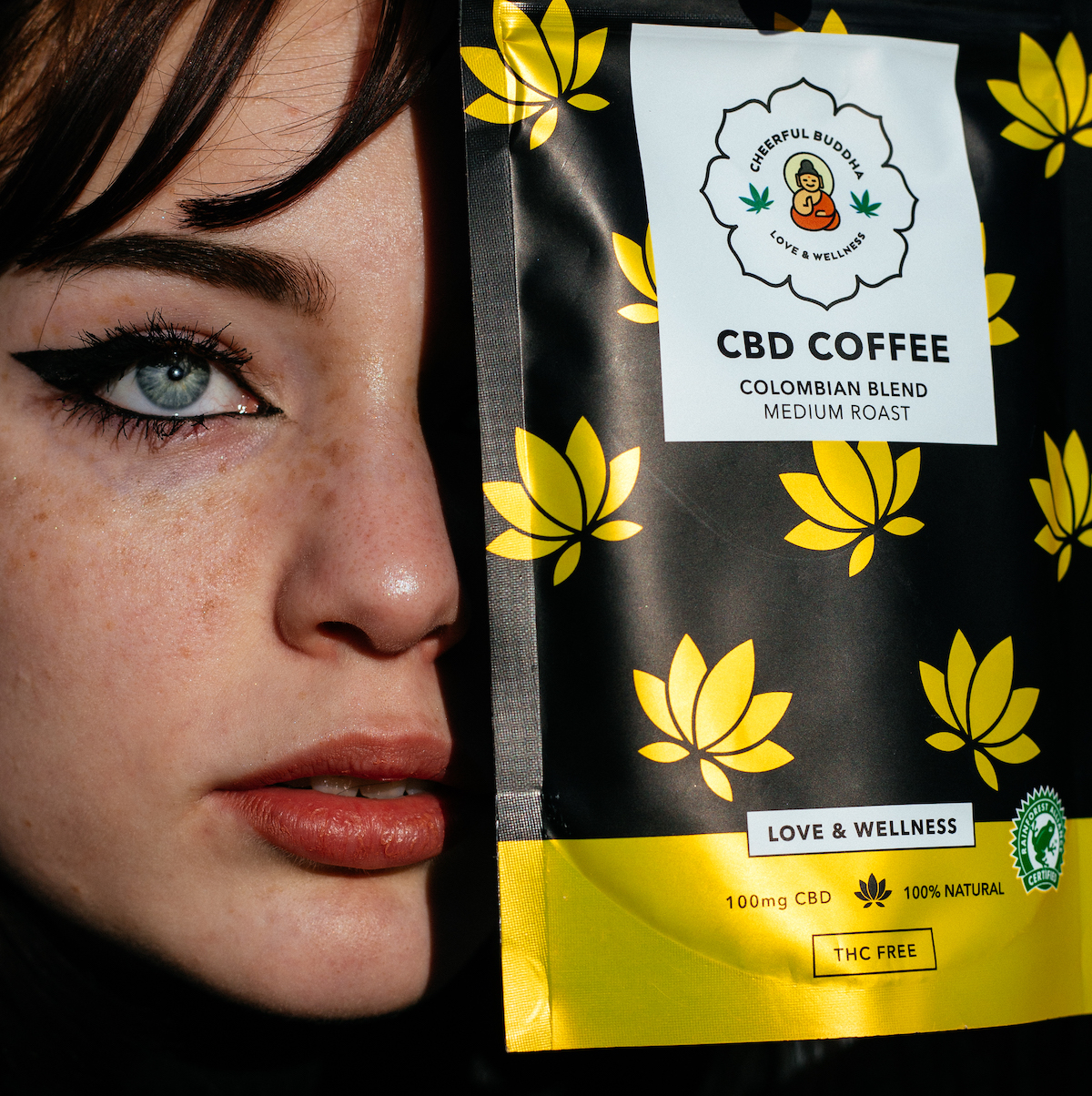
Cheerful BuddhaProduct Photography
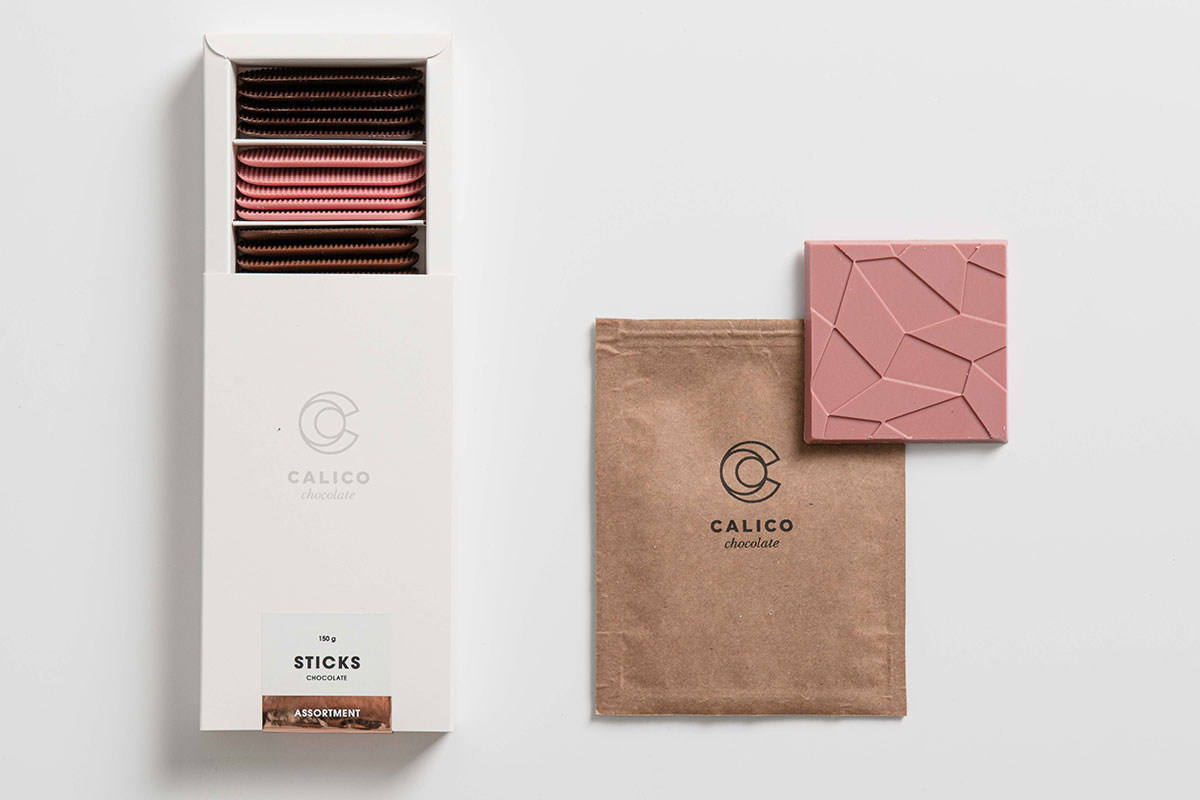
CalicoProduct Photography
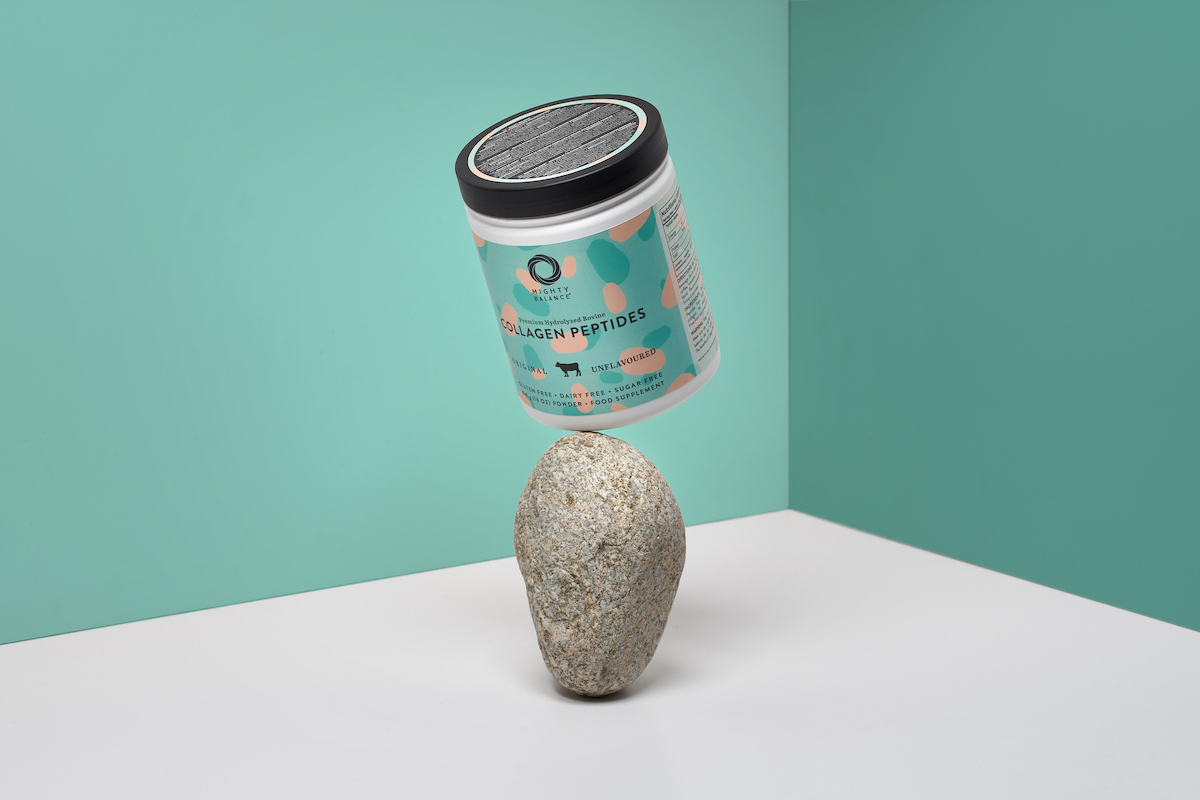
Mighty BalanceProduct Photography
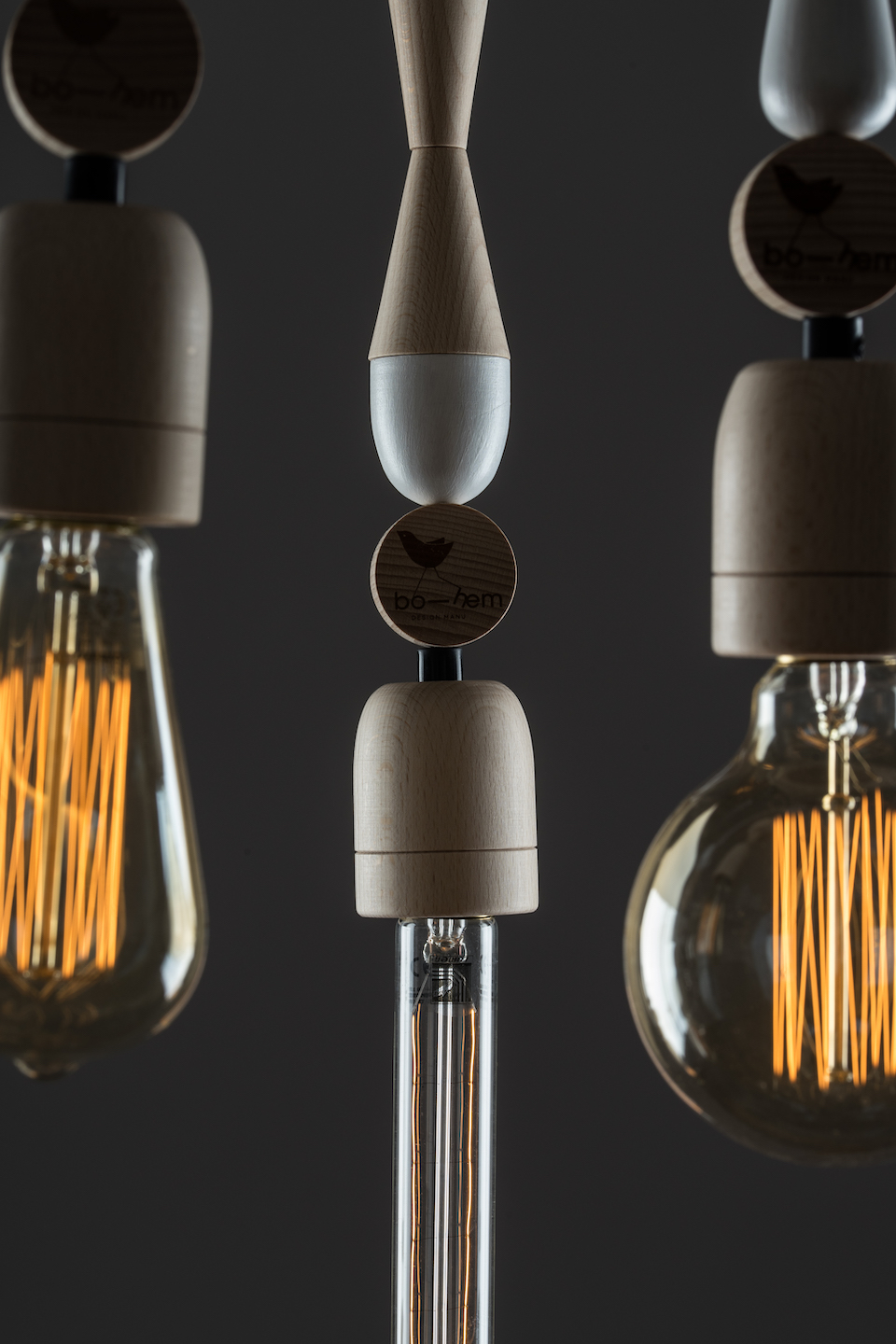
Bo-hemProduct Photography
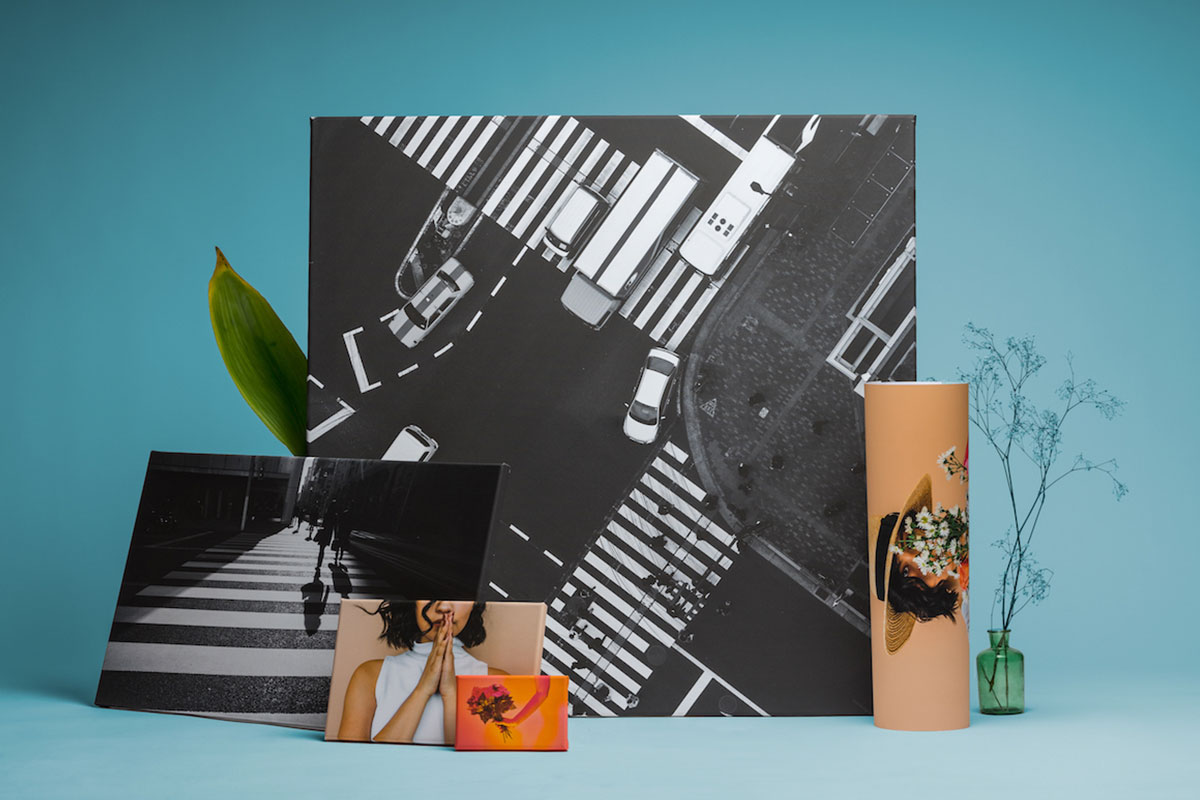
NetprinterProduct Photography
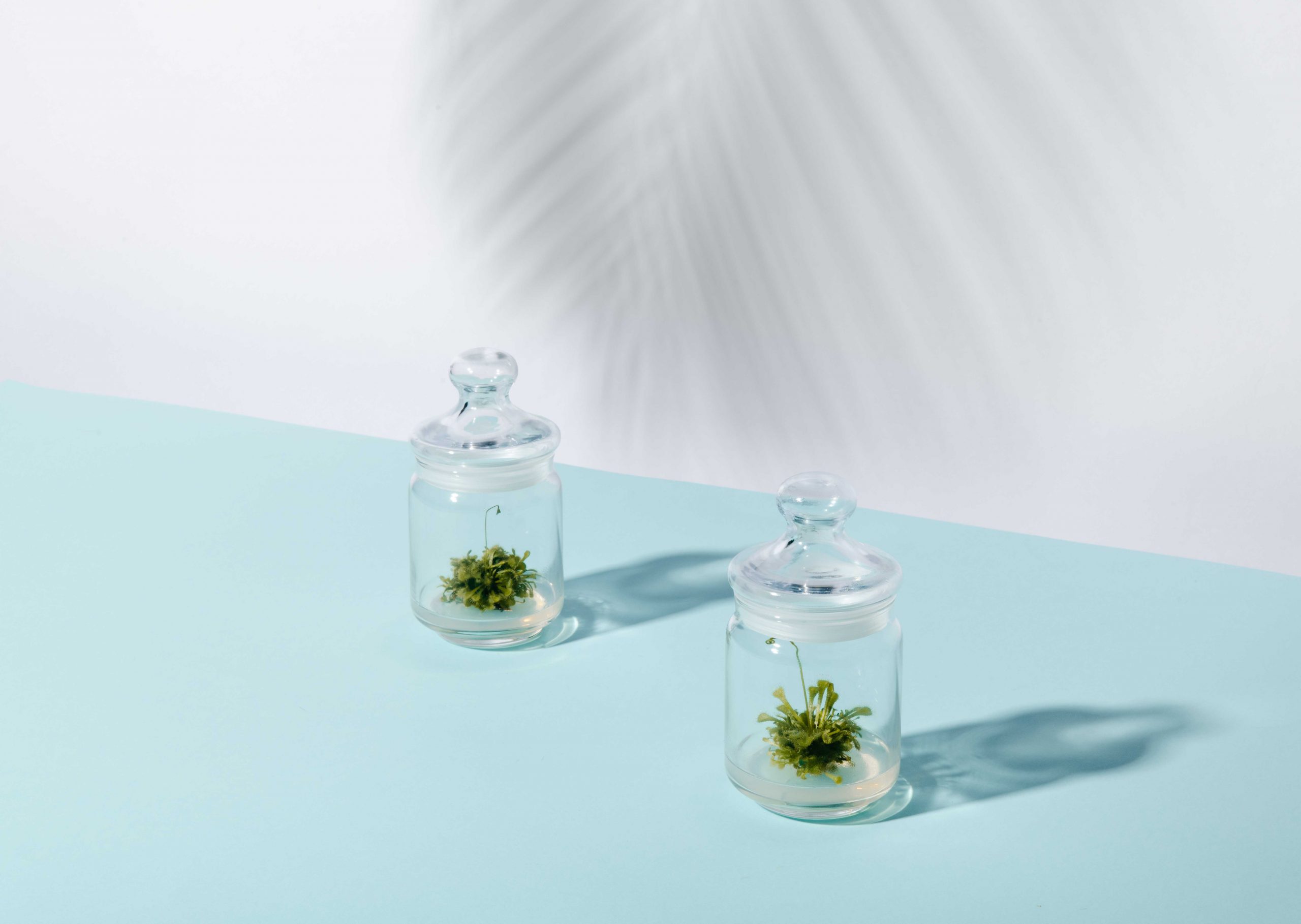
Little Green FactoryProduct Photography

NovafamPackaging Design
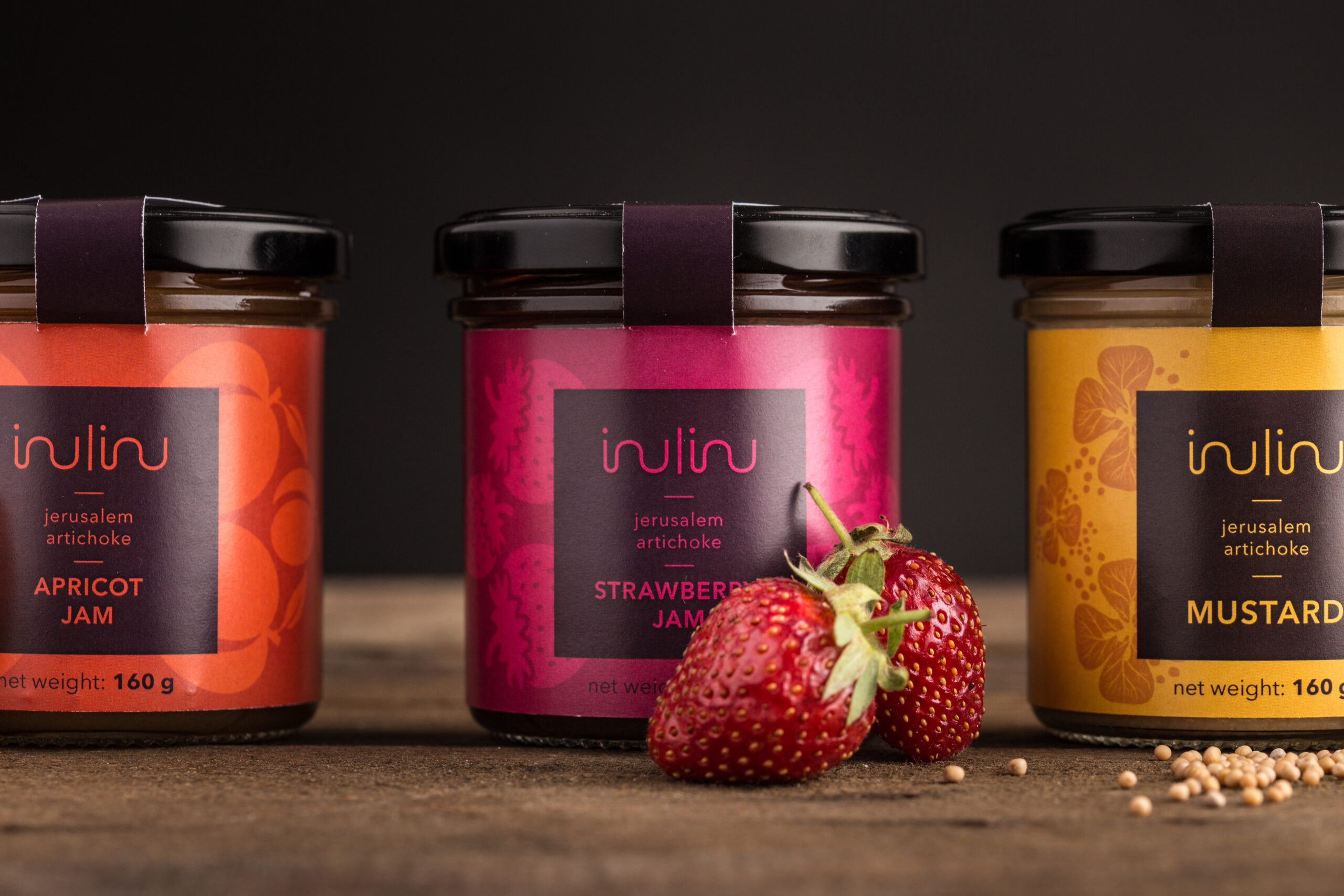
InulinuPackaging Design
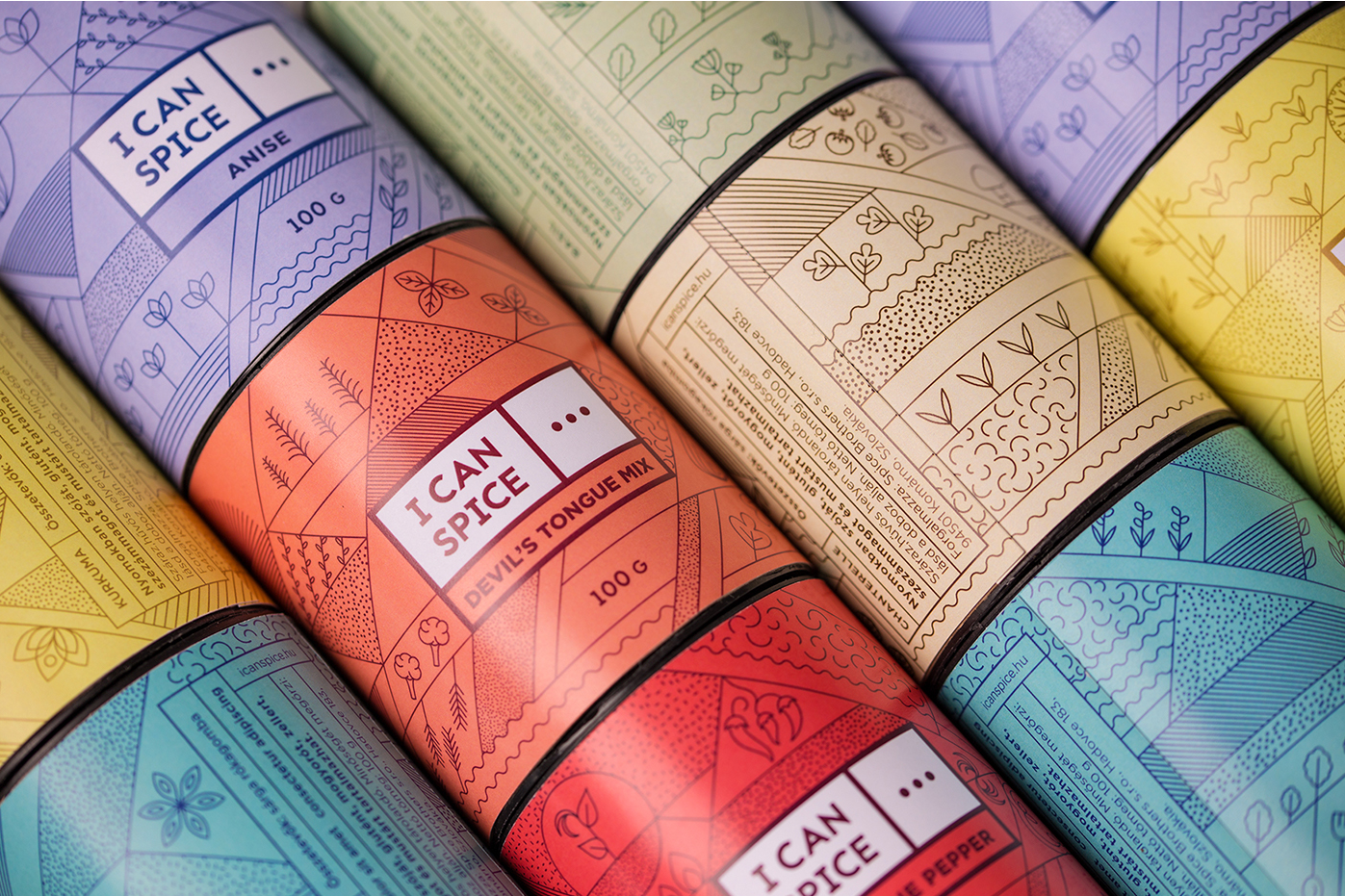
I CAN SPICEPackaging Design

CalicoPackaging Design

Why is the Mona Lisa beautiful?Branding
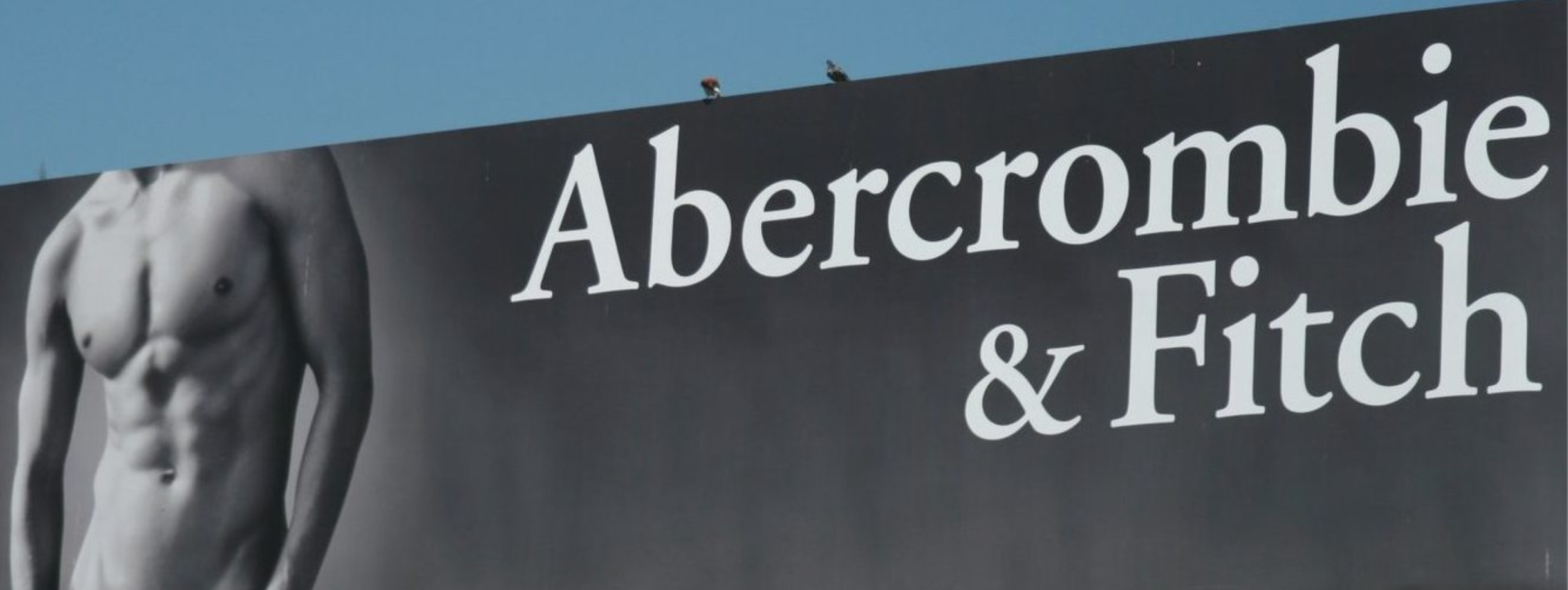
How can a rebranding be successful?Project type

The logo is NOT a brand identityBranding

How To Choose A Logo?Branding
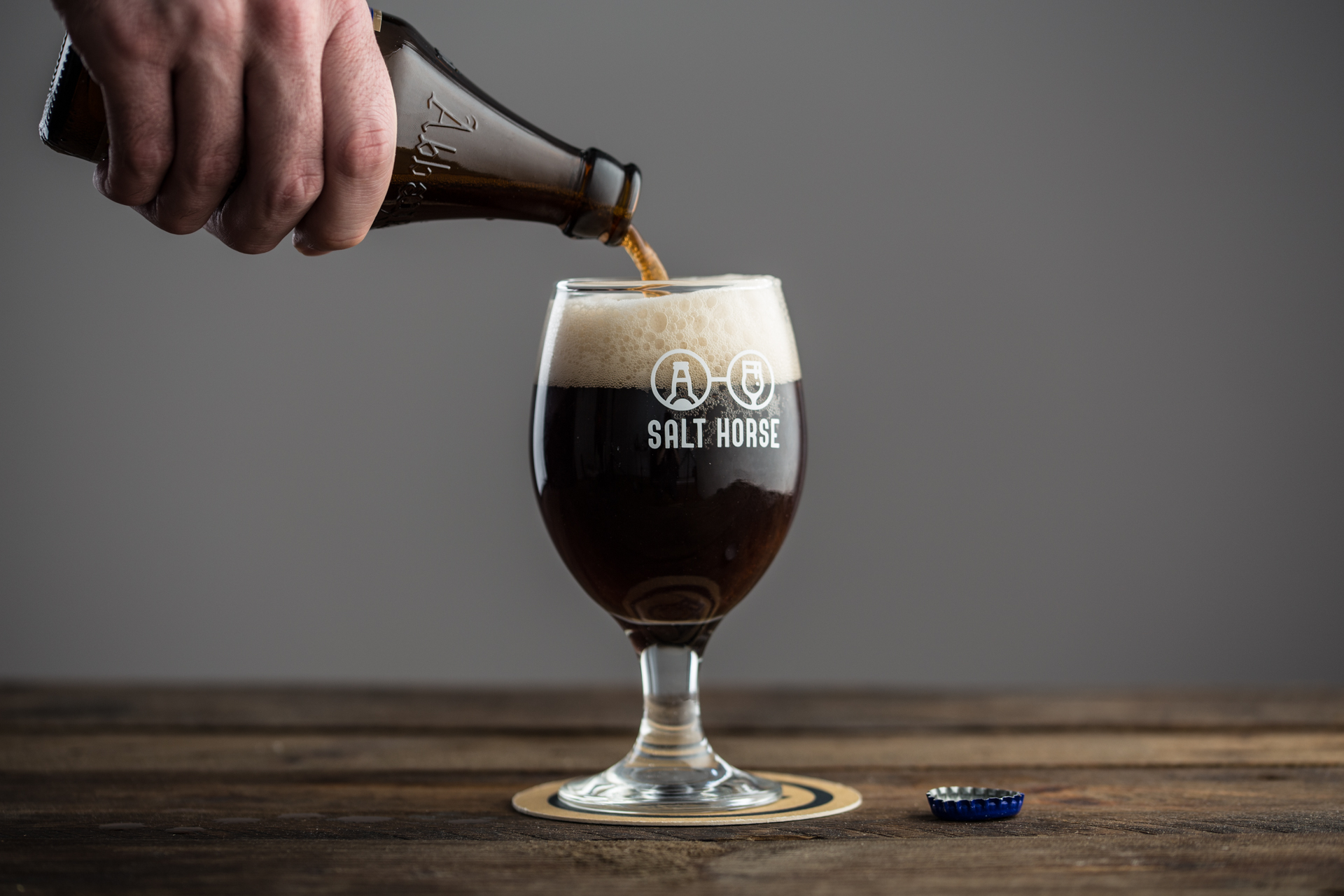
Salt HorsePackaging Design

MinSkinPackaging Design

UnderguideWebdesign
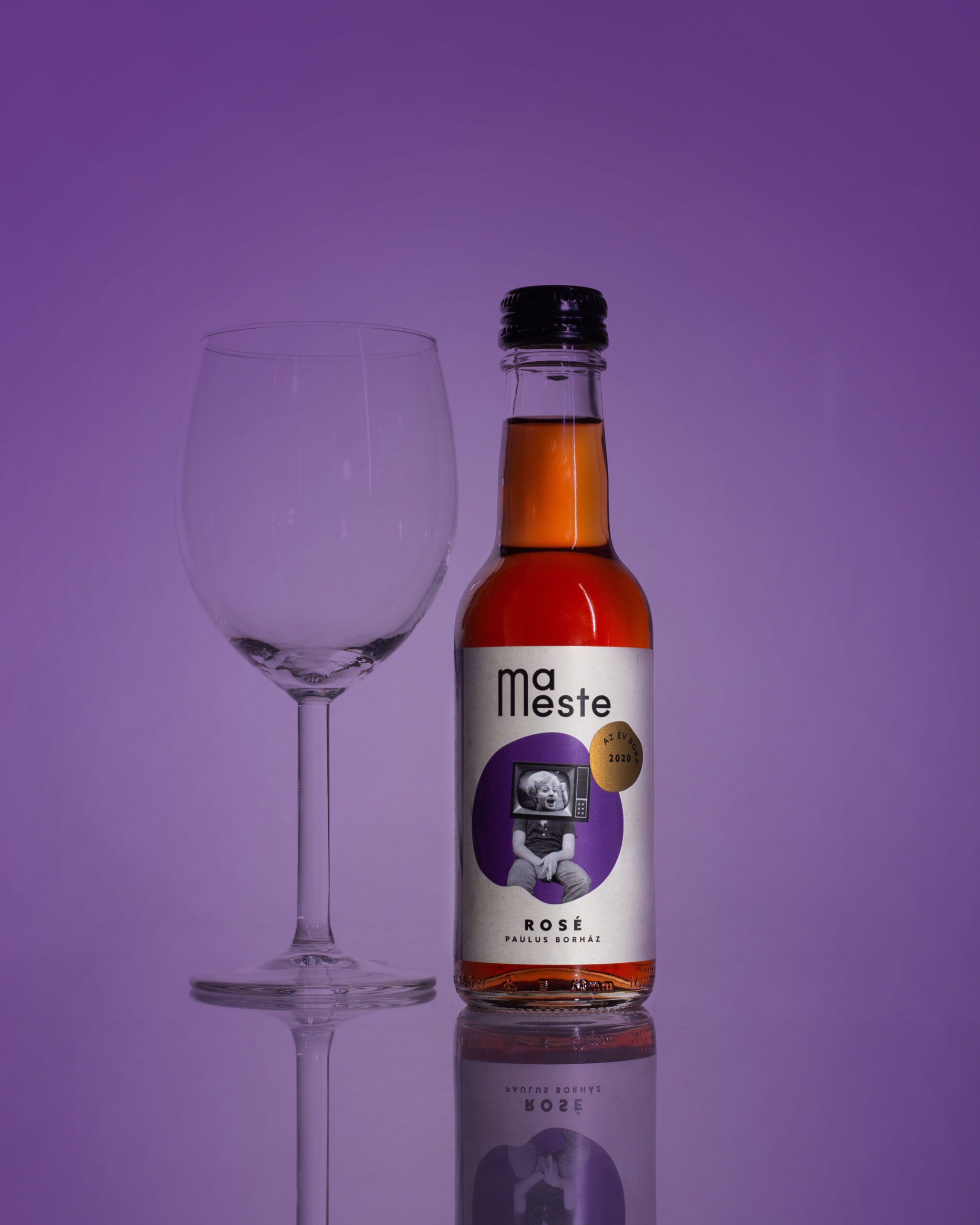
MaestePackaging Design

JanaanPackaging Design

SQADFashion Design

Galamb TailoringProject type
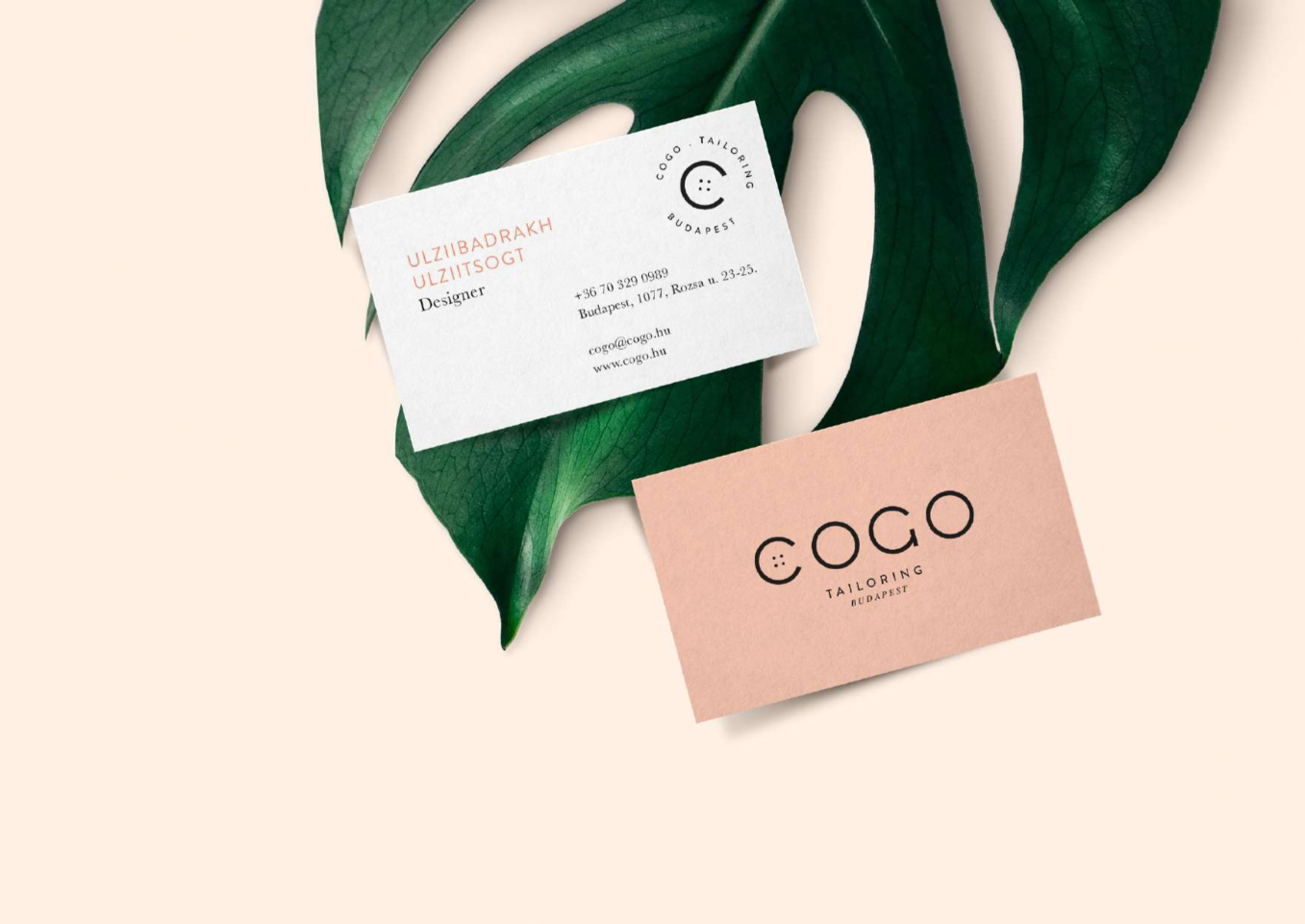
CogoFashion Design
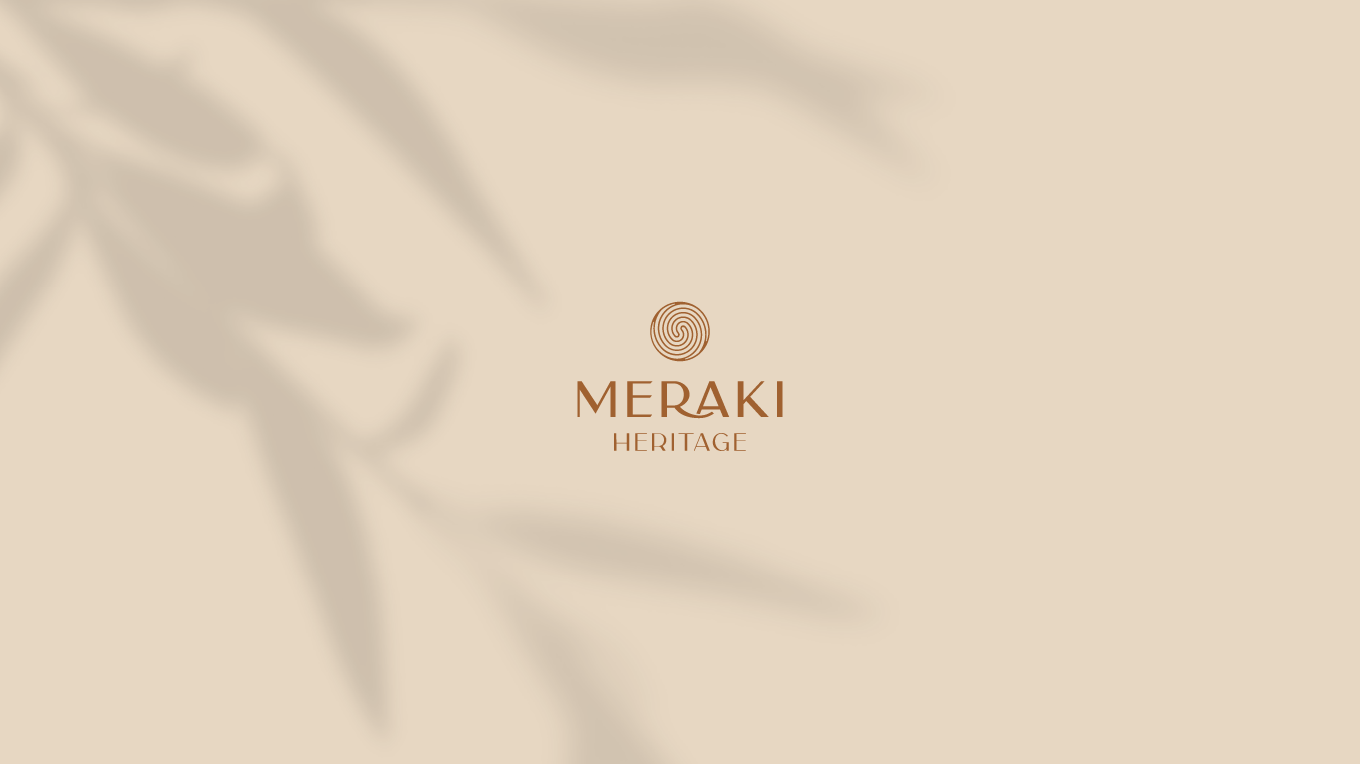
MerakiFashion Design

Blue OwlCorporate Design

Stone ConceptCorporate Design

SentioCorporate Design
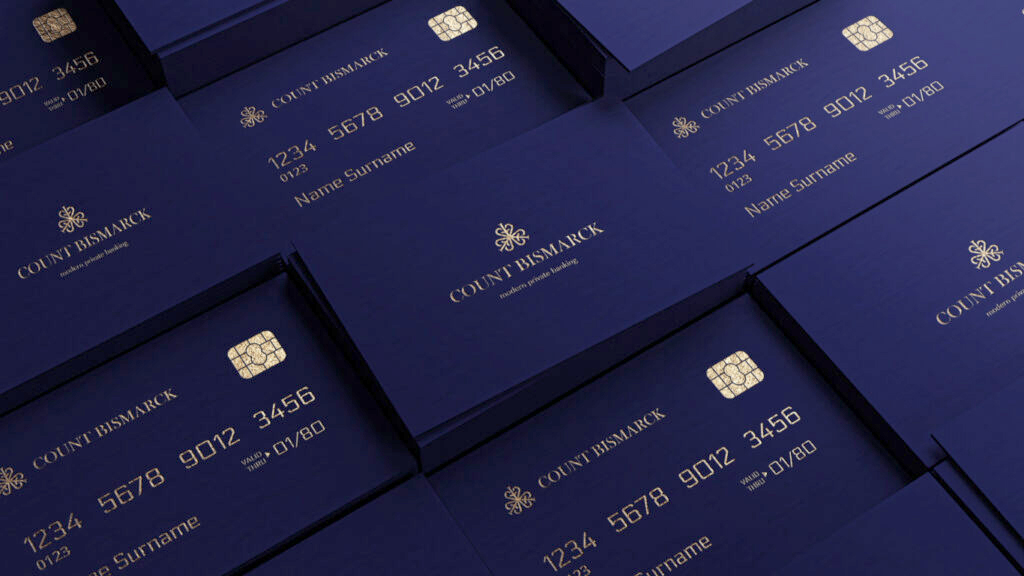
Count BismarkCorporate Design

BrunoHospitality Design

Vin.VinHospitality Design

Made In ChinaHospitality Design
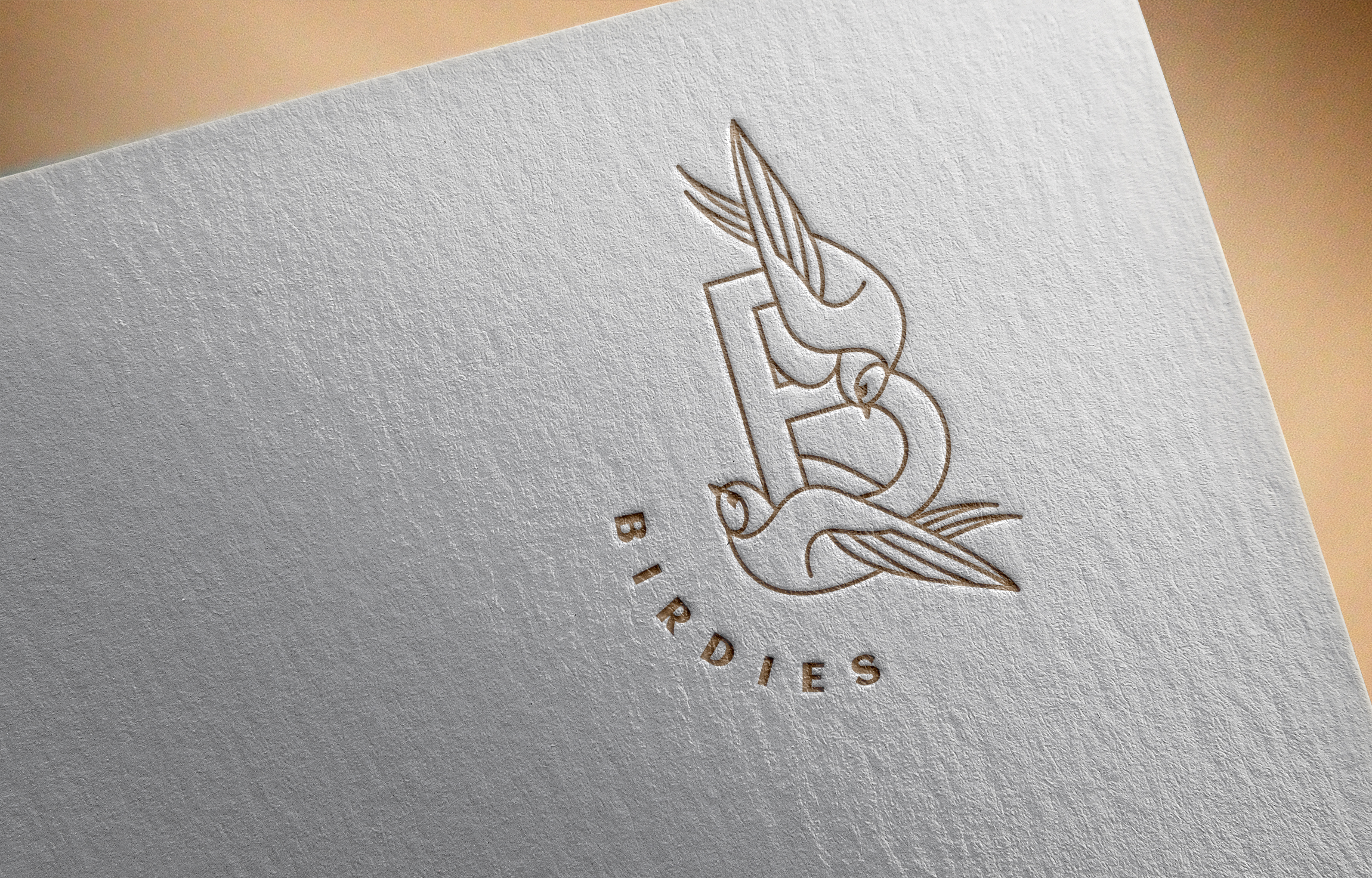
BirdiesHospitality Design

NaomiHospitality Design

Equity PointHospitality Design
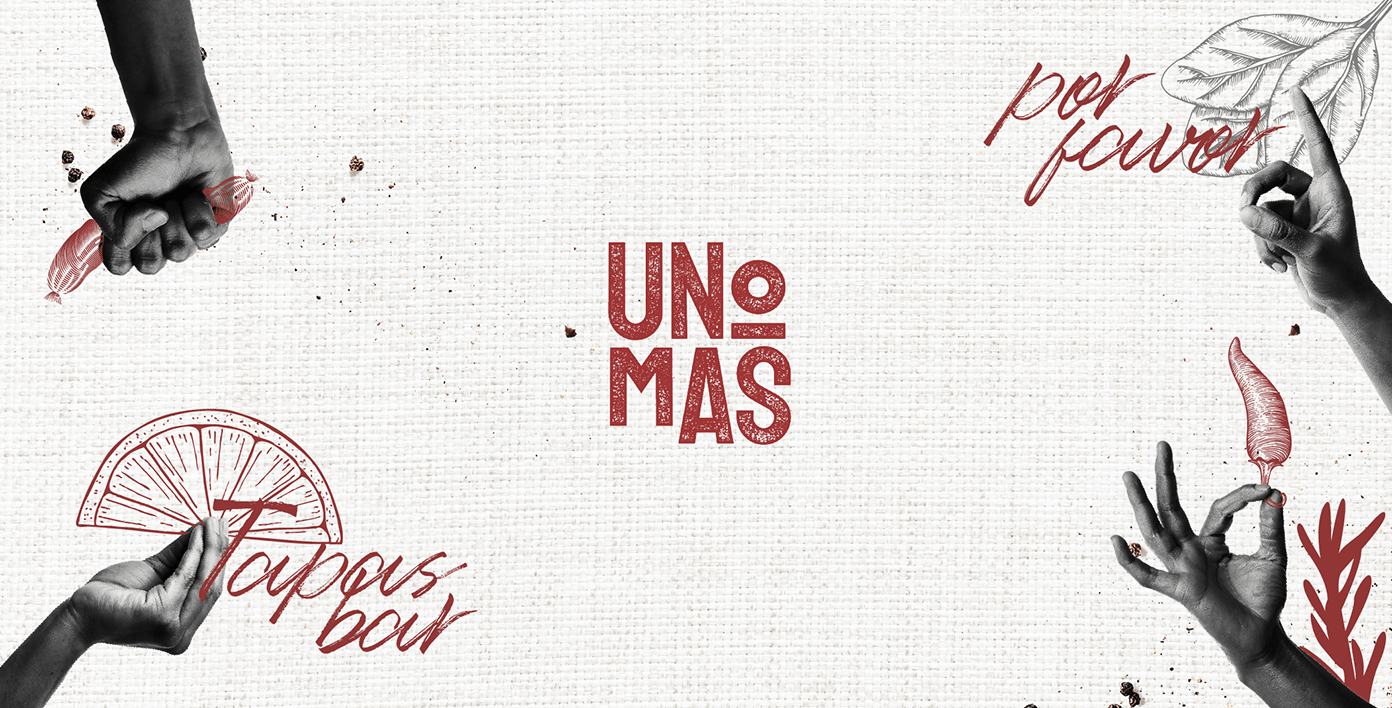
Uno MasHospitality Design

My first projectProject type




